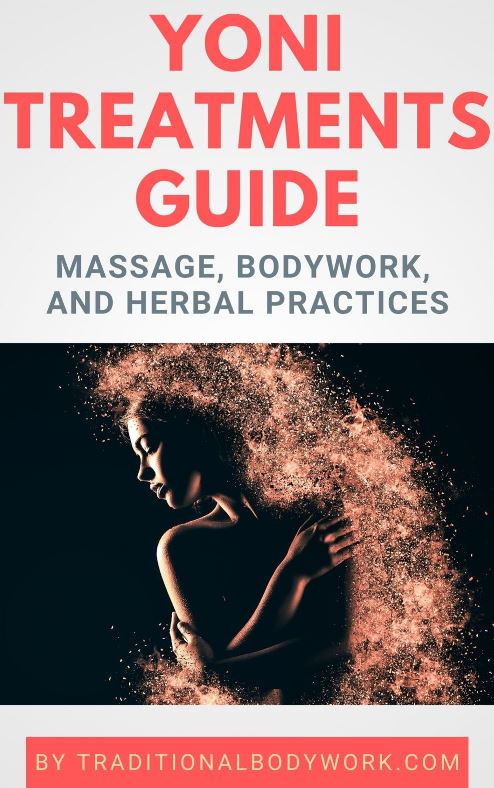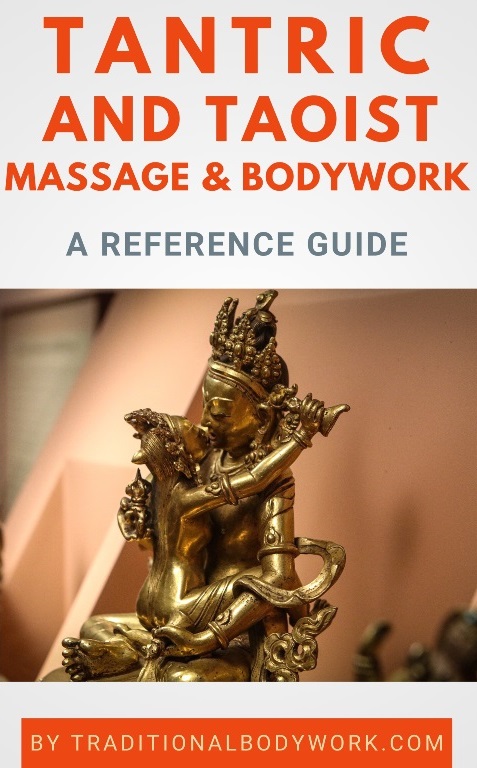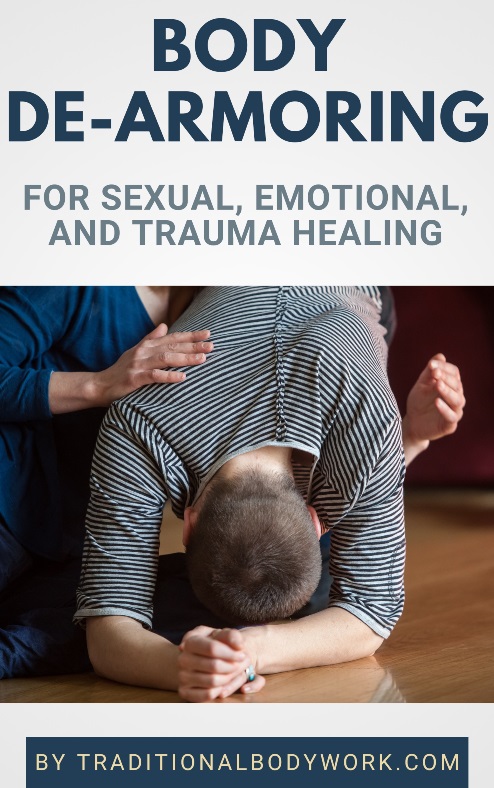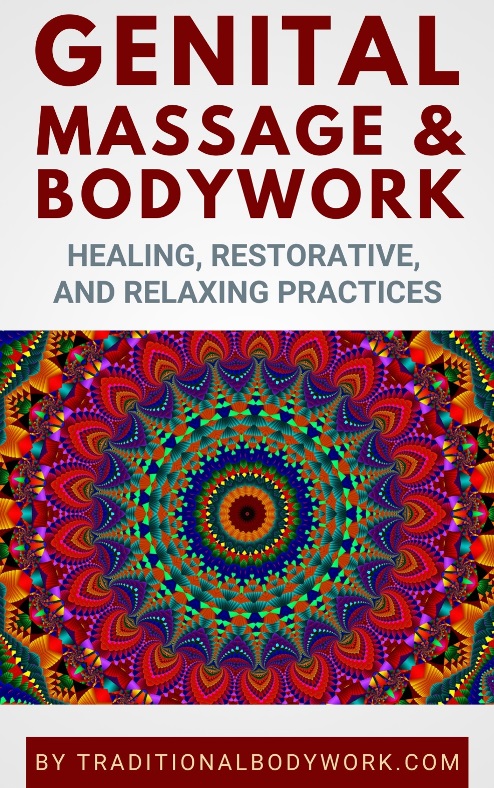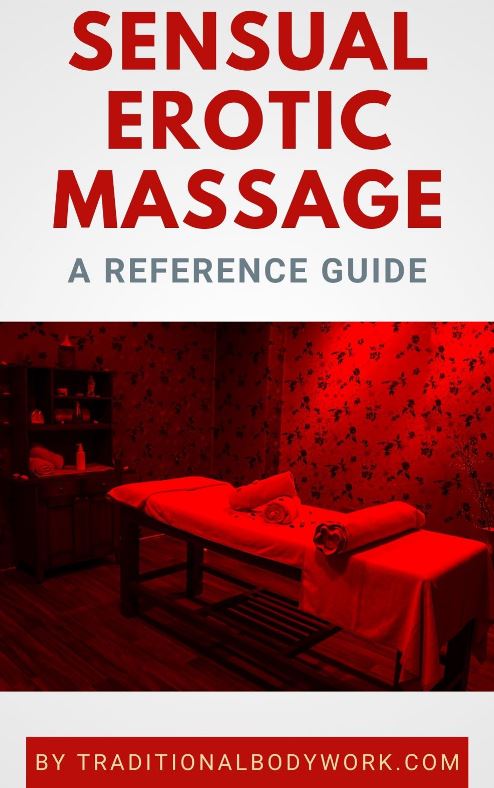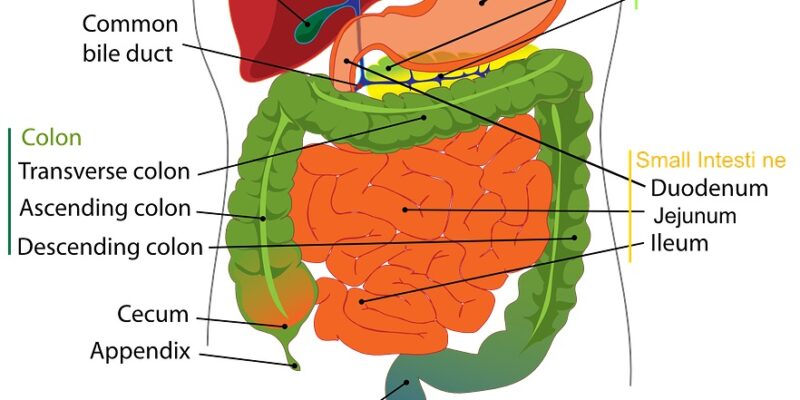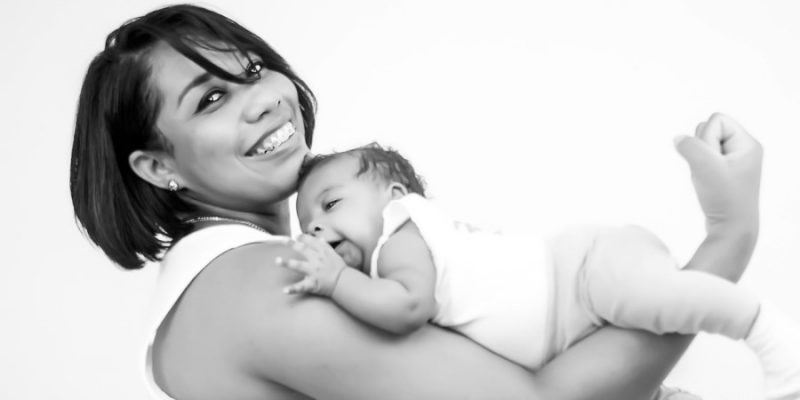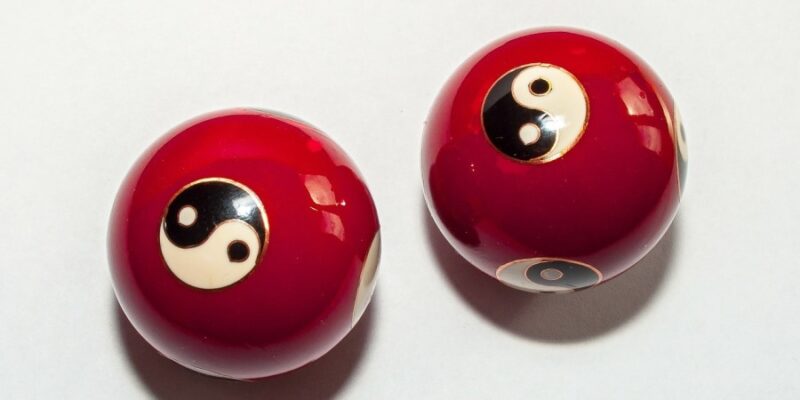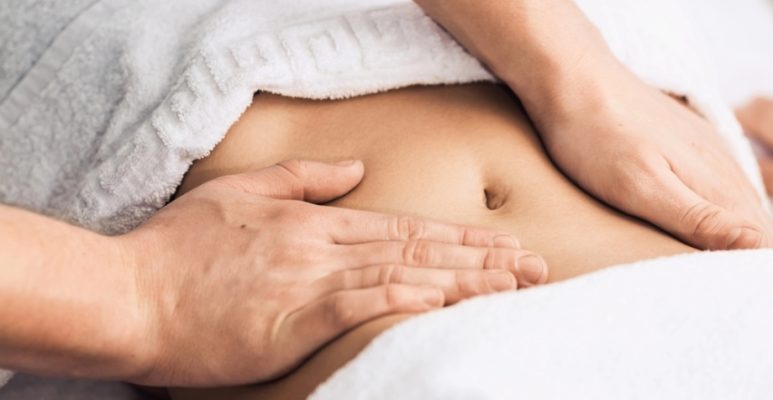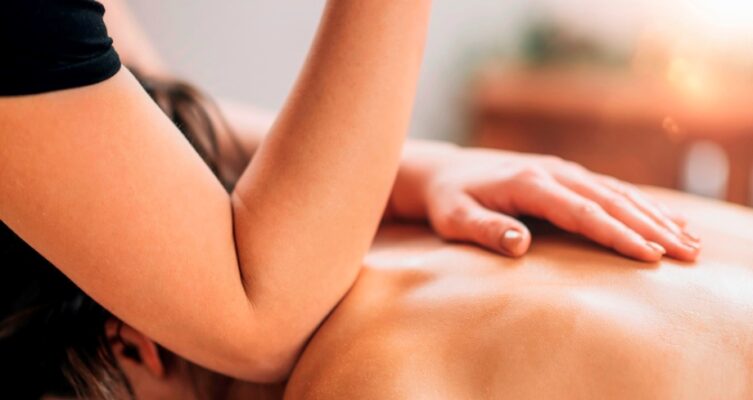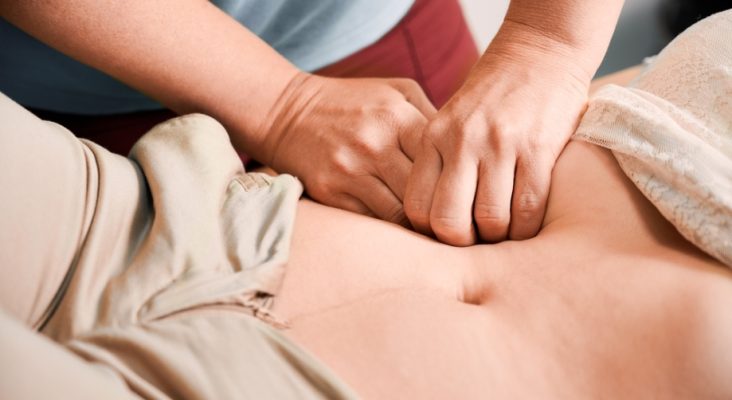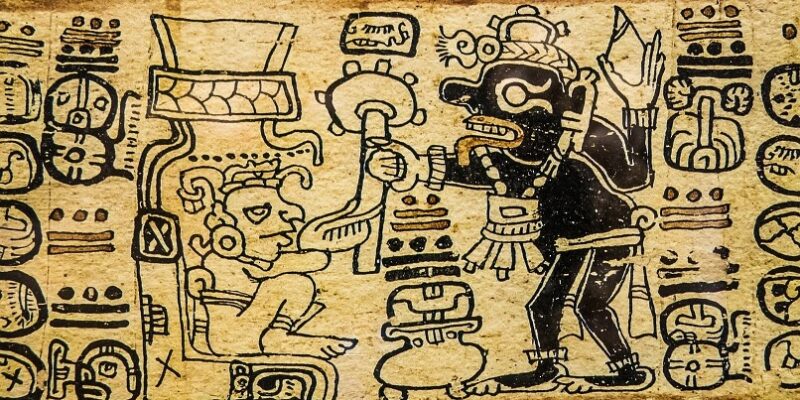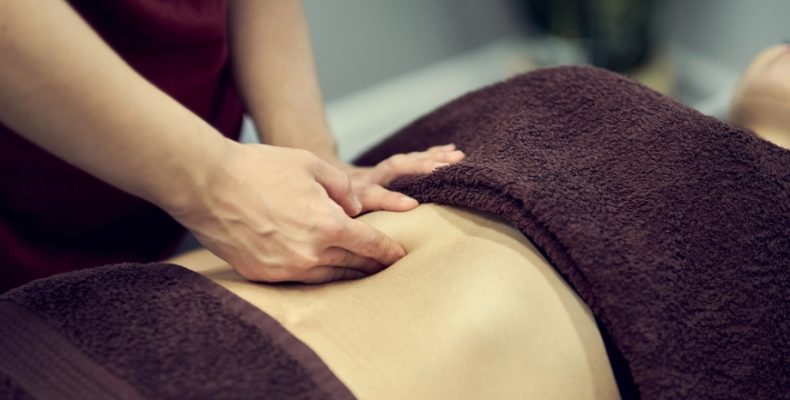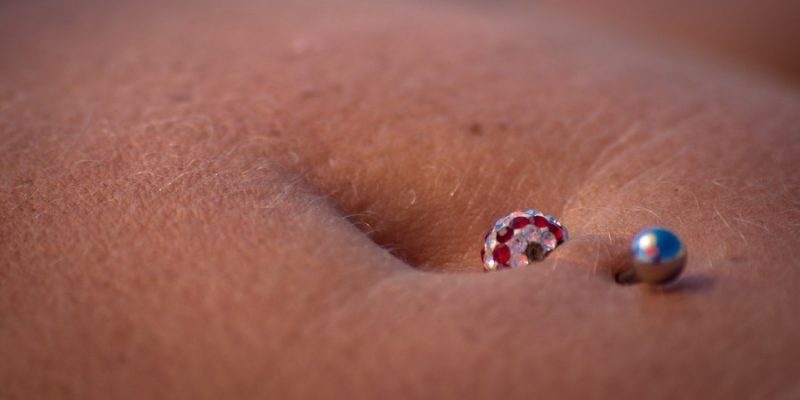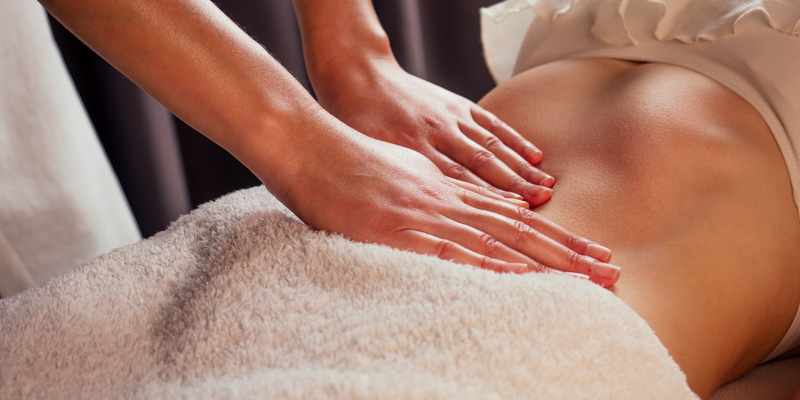
Hawaiian Abdominal Massage is usually an integrated part of a full body Hawaiian Lomi Lomi Massage. Nevertheless, it’s also offered as a stand-alone massage treatment modality.
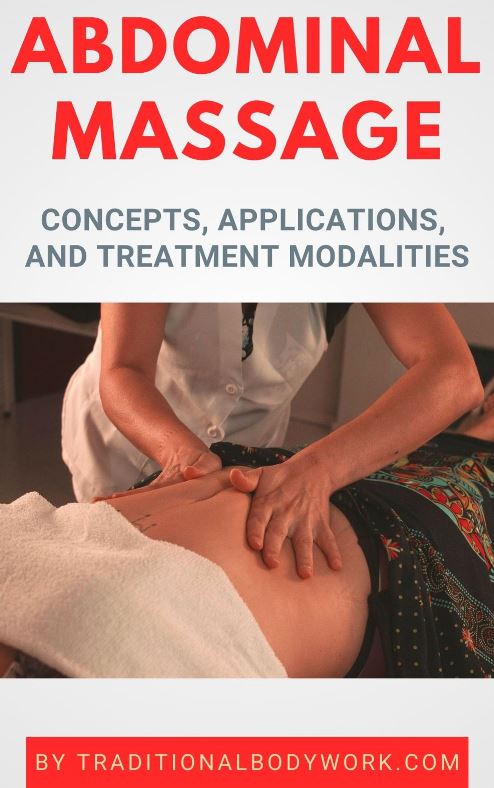
Hawaiian Abdominal Massage is often referred to as Opu Huli, named after the health condition with the same name called Opu Huli. Opu means “stomach” or “abdomen” and Huli means “to turn” or “turned.”
Somebody who suffers from Opu Huli — a turned stomach — may experience lower back pains, respiratory problems, postural alignment issues, indigestion, excessive gas, stomach pains, colic, a tilted uterus, menstrual disorders, or infertility, among other conditions.
The idea is that putting the stomach or abdomen “back into place,” that is, “turning it” can support alleviating the conditions mentioned above. As such, Hawaiian Abdominal Massage is also called Opu Huli. It’s an internal organs massage and alignment modality — for men and women — with the goal of stimulating digestion and detoxification, alleviating lower back pains, promoting postural alignment and proper nervous function, stimulating reproductive organ function, increasing overall energy levels, and releasing emotional issues or traumas.
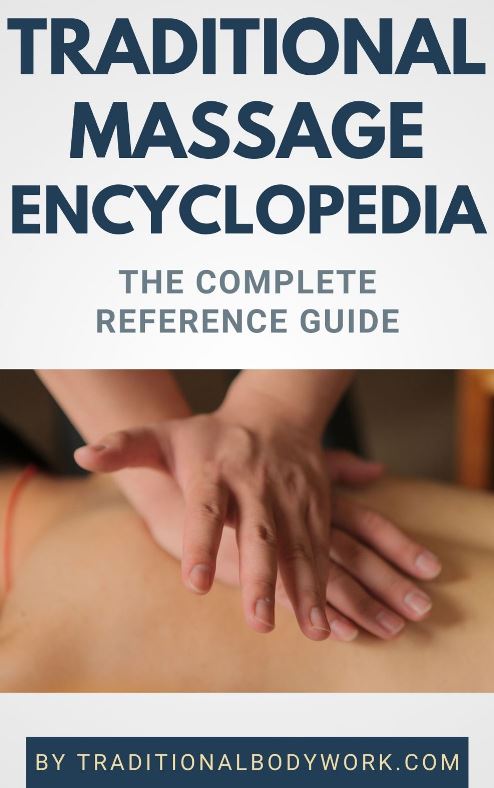
Native Hawaiian medicine considers the abdominal and intestinal area part of a person’s soul — their spiritual center — and therefore of prime importance. Opu Huli is applied for adults, but also for babies and infants — in the latter case usually called Keiki Lomi Lomi — for instance, to alleviate excessive gas or colic or to support proper growth and development of the baby.
The receiver of Opu Huli would typically lie on the back, on the floor on a floor mat or on an elevated construction. The Opu Huli Abdominal Massage is usually done with oils, while performing long lateral, flowing and wave like strokes with the hands and forearms on the back and on the abdomen of the receiver, while slowly going deeper into the abdominal area.

